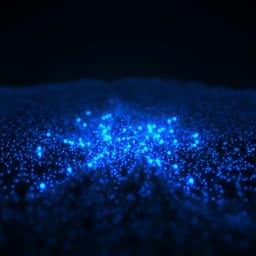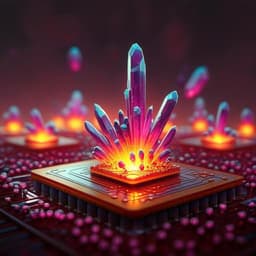
Engineering and Technology
High efficiency and stability of ink-jet printed quantum dot light emitting diodes
C. Xiang, L. Wu, et al.
Discover how a groundbreaking approach to dual ionic passivation has led to ink-jet printed quantum dot light emitting diodes that achieve over 16% external quantum efficiency and an extraordinary half-life of more than 1,721,000 hours. This significant advancement in quantum dot technology paves the way for mass production and industrial applications, as demonstrated by the innovative research conducted by Chaoyu Xiang, Longjia Wu, Zizhe Lu, Menglin Li, Yanwei Wen, Yixing Yang, Wenyong Liu, Ting Zhang, Weiran Cao, Sai-Wing Tsang, Bin Shan, Xiaolin Yan, and Lei Qian.
~3 min • Beginner • English
Related Publications
Explore these studies to deepen your understanding of the subject.







